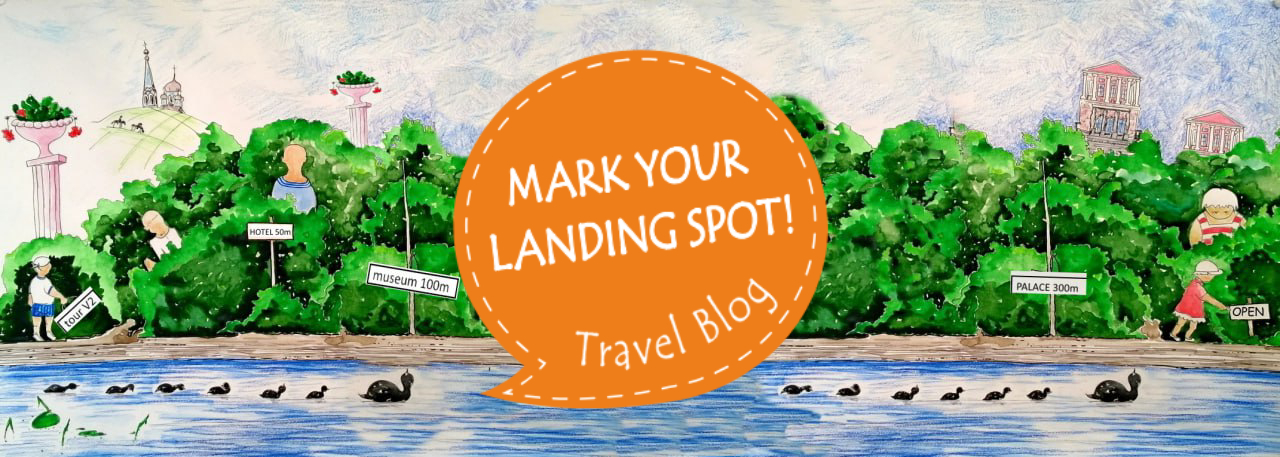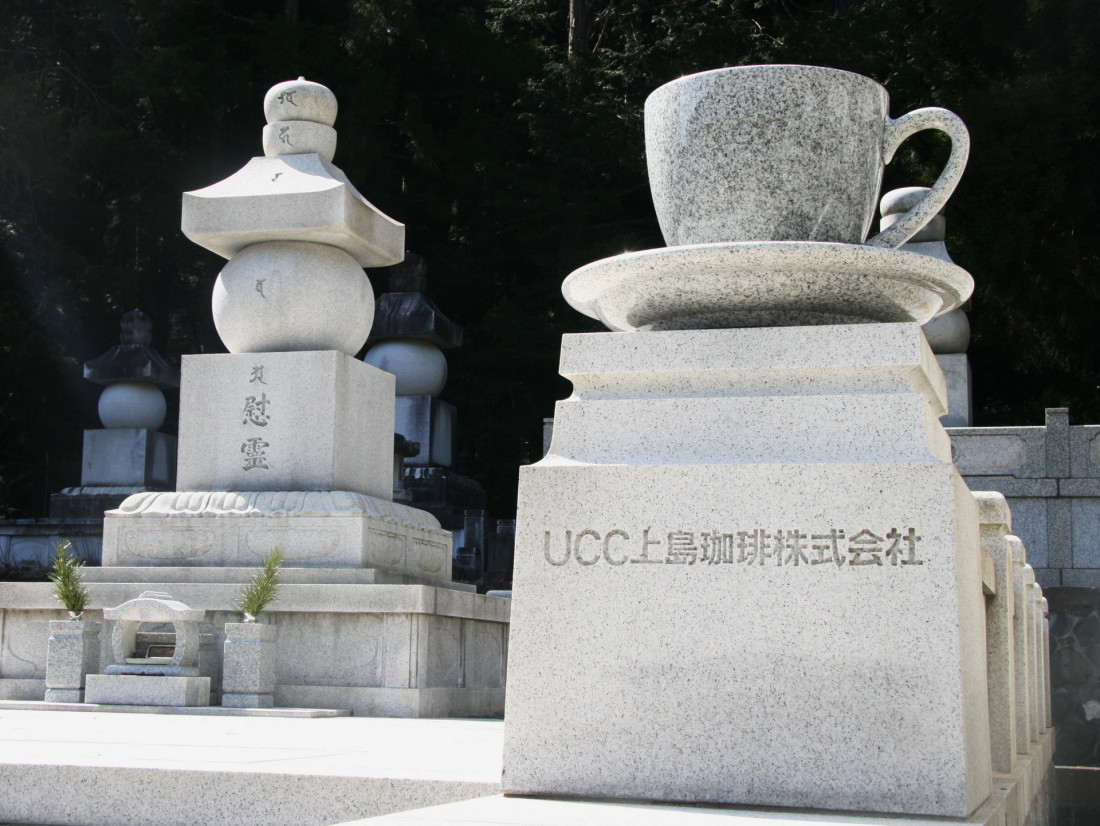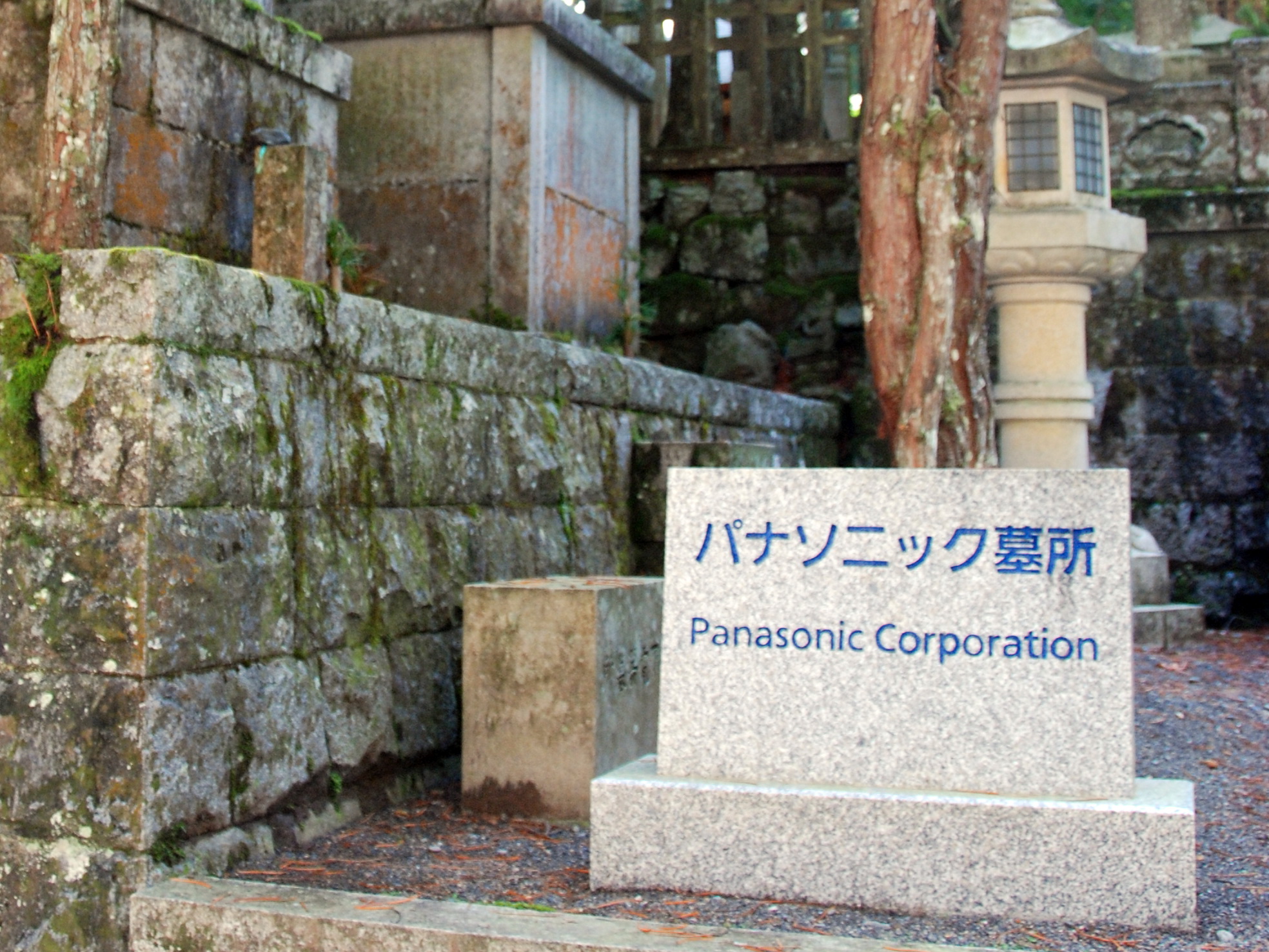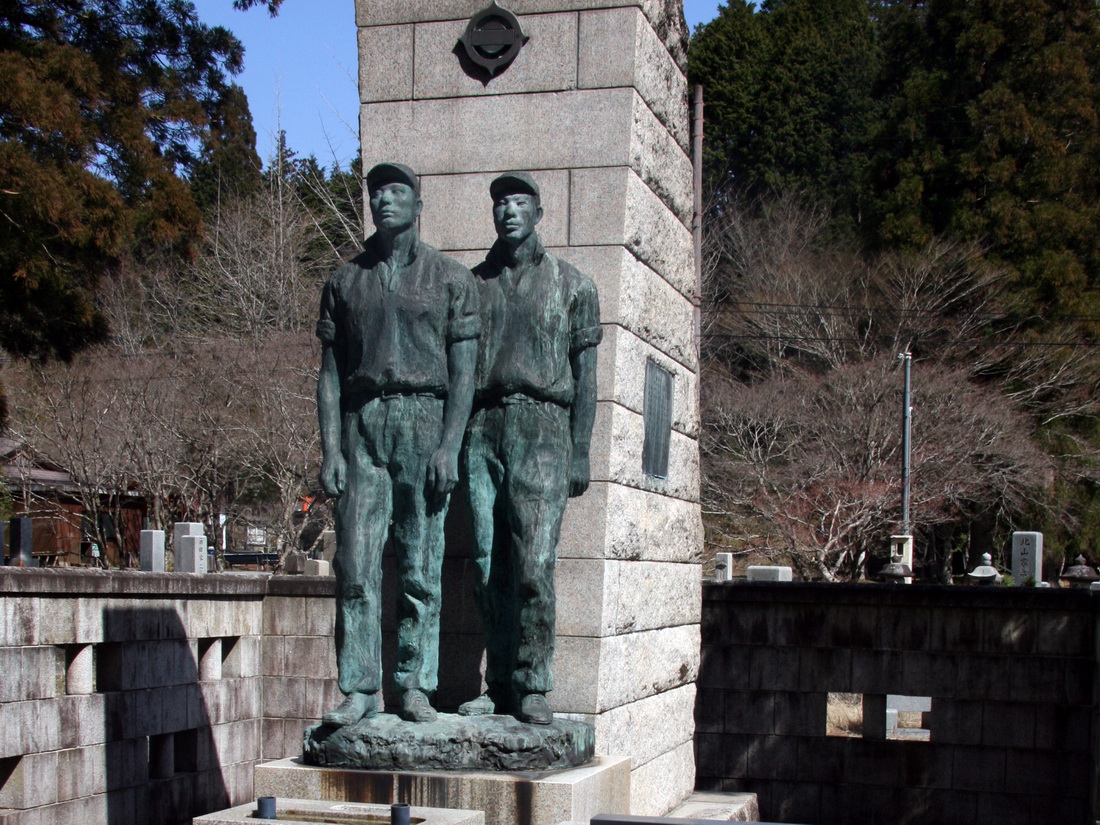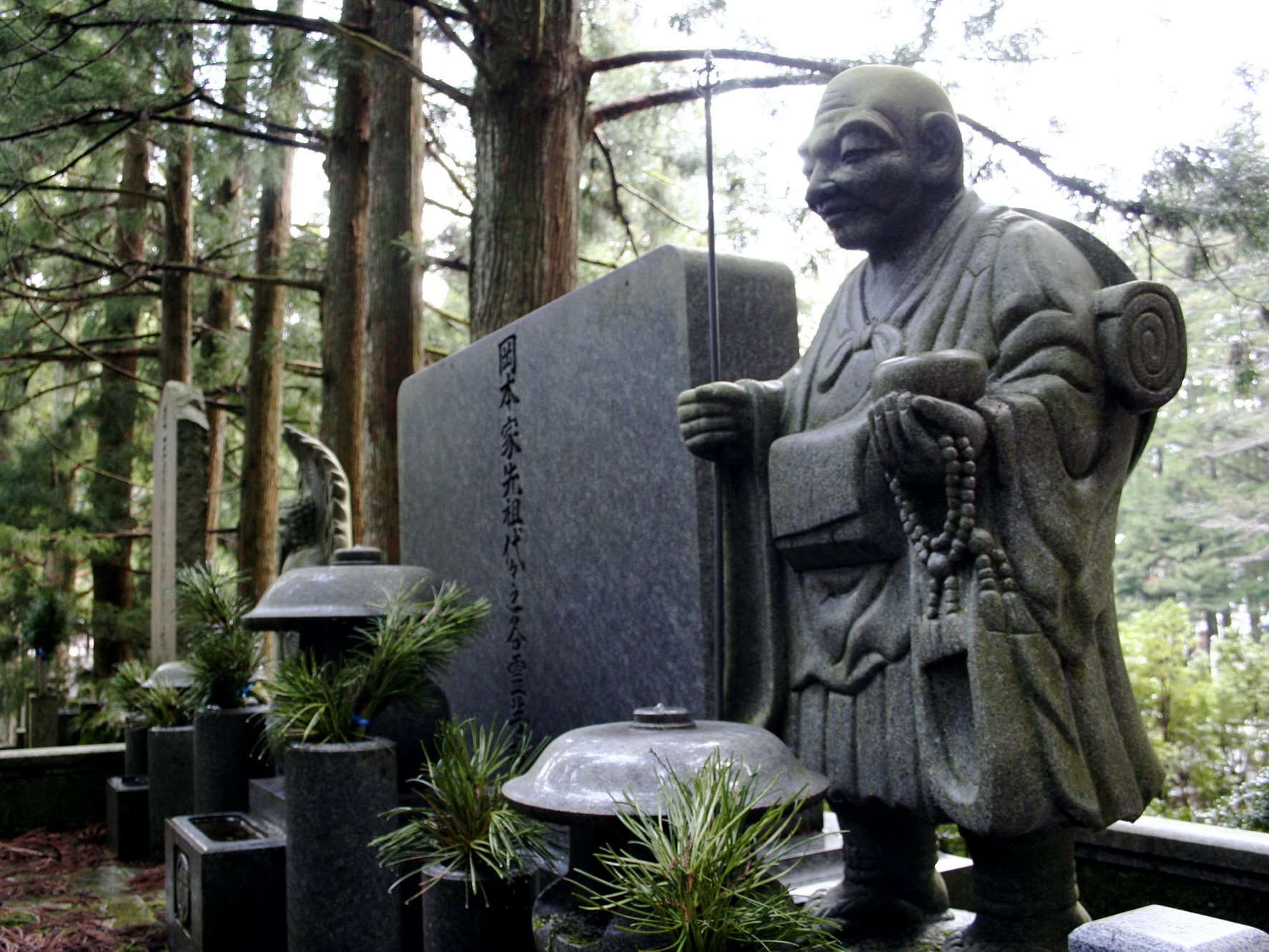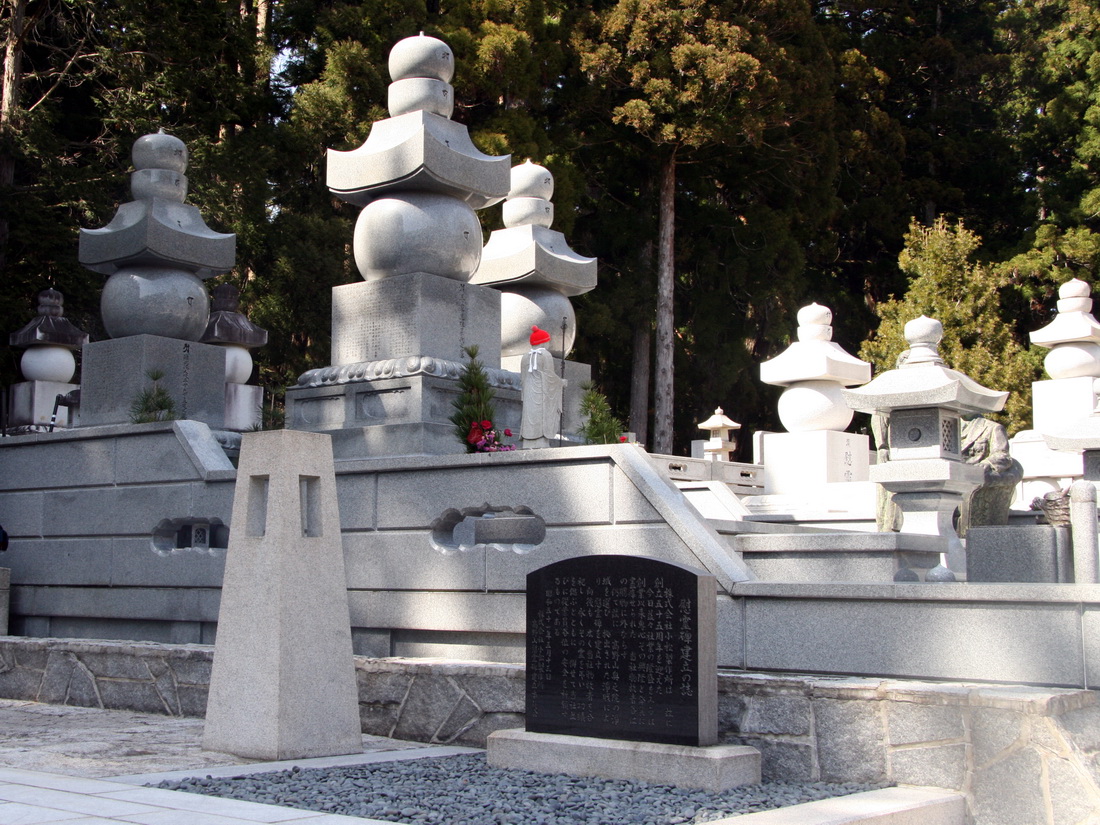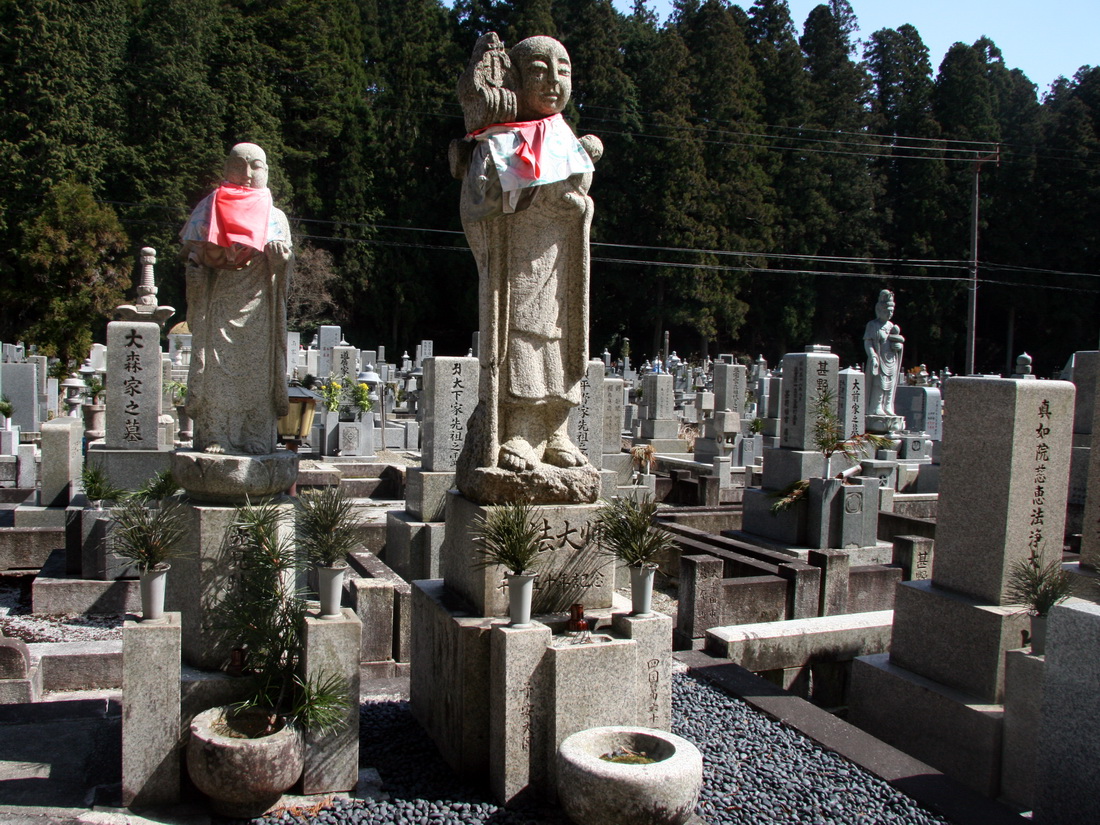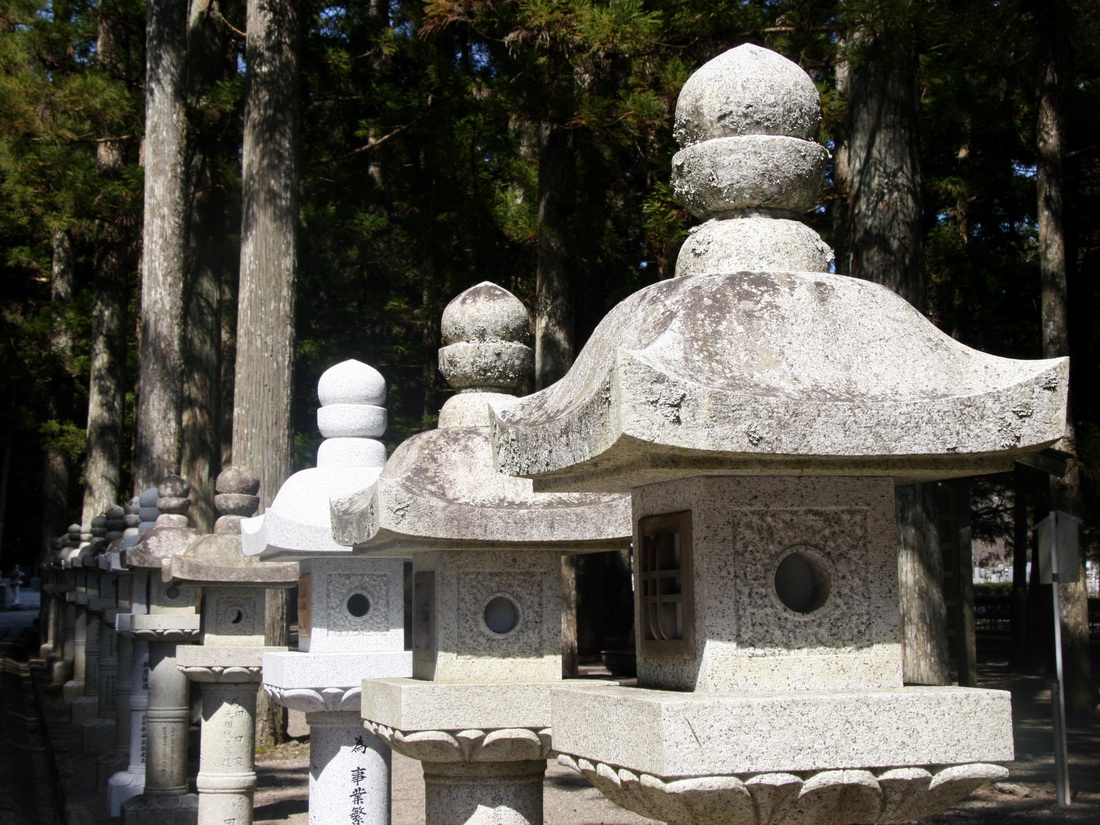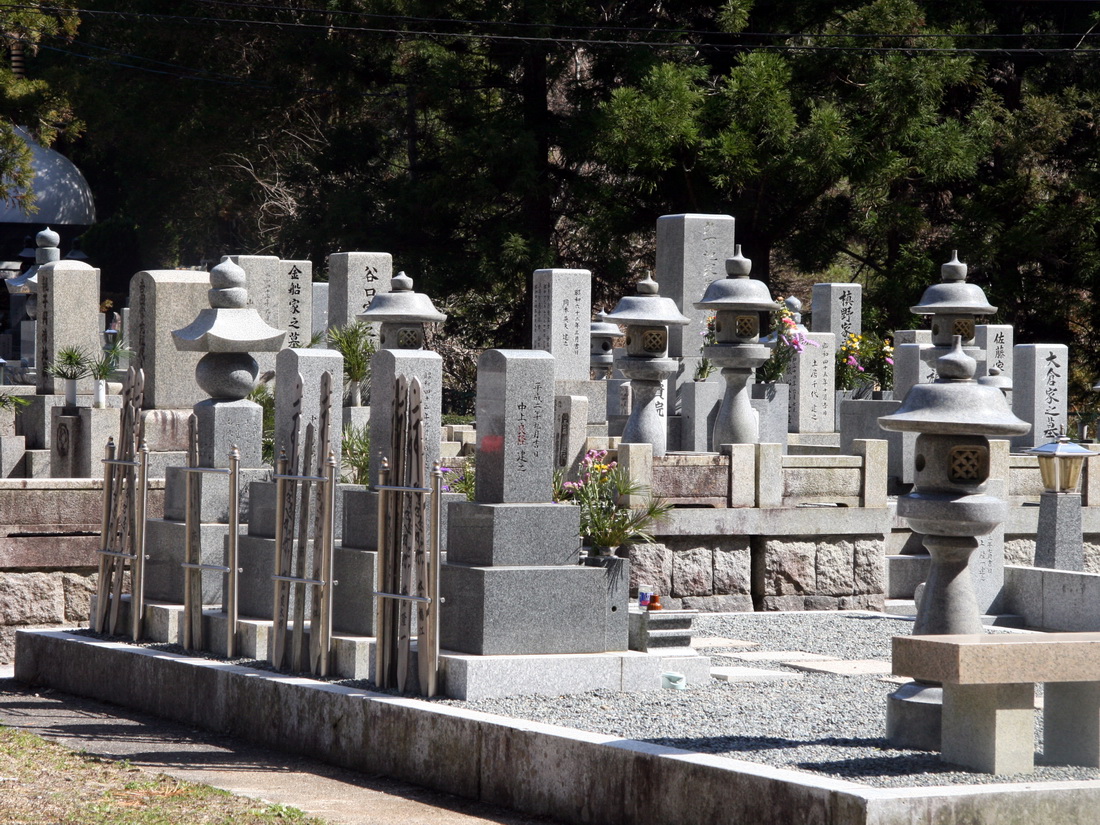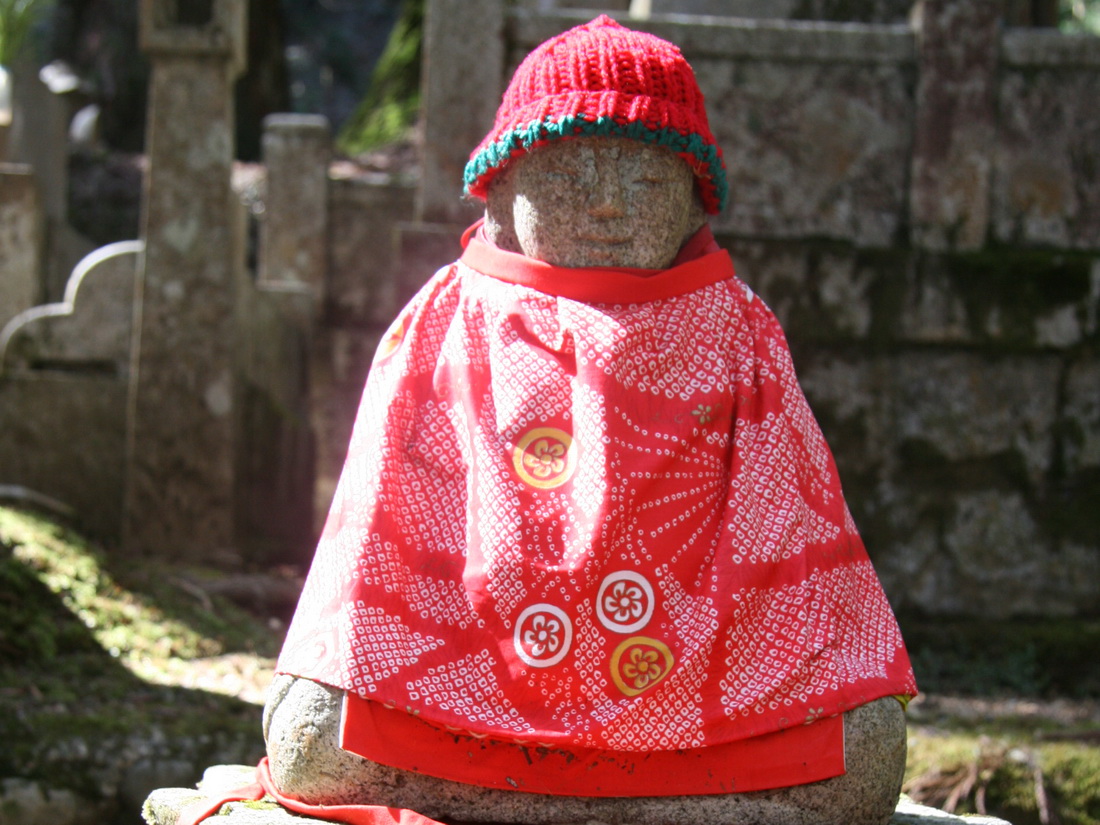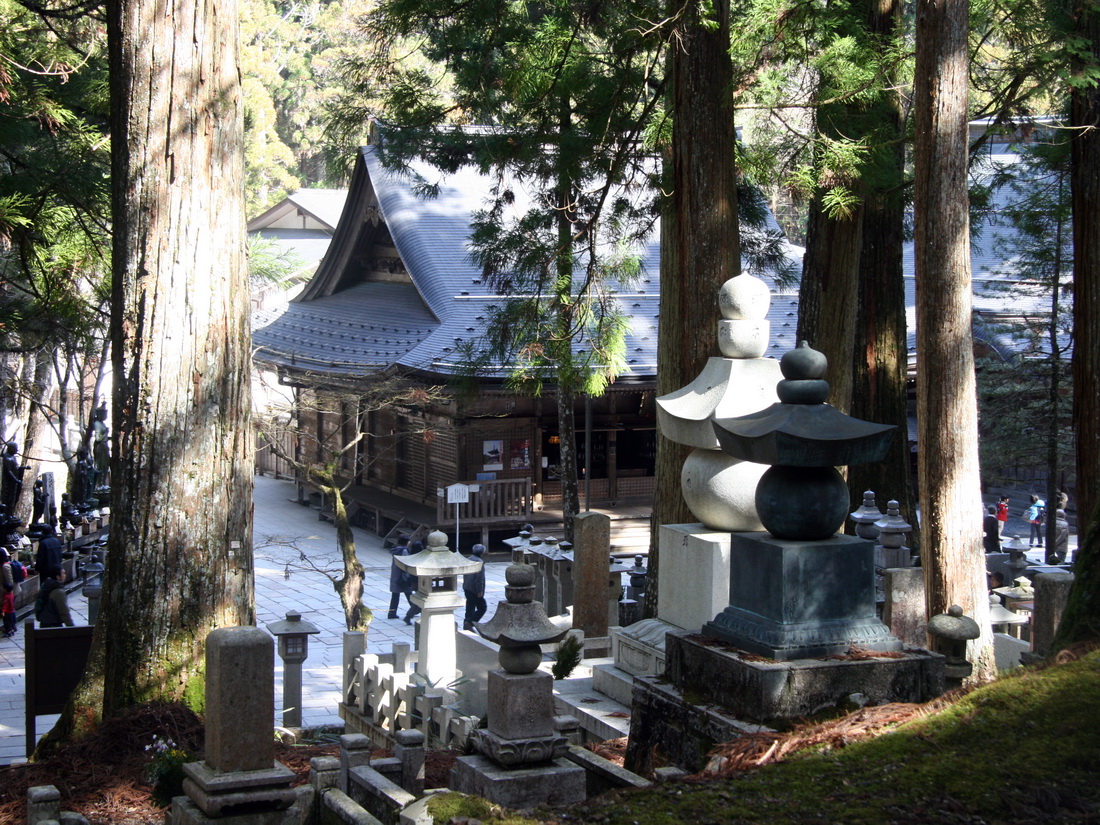Looking for a unique spot near Osaka?
Koyasan (Mount Koya) is best known for its temples and sacred atmosphere — but it also hides something truly unexpected. In the heart of the forest lies this sacred site, a UNESCO World Heritage site where moss-covered tombstones dating back a thousand years stand beside memorials to companies like Panasonic, Nissan, Toyota, and others.
Just an hour from Osaka, this quiet mountainside town surprised me more than any city skyline. I’m deeply grateful to my Japanese friends who brought me here.
Business Memorials
Among the moss-covered stone pillars, some ancient beyond a thousand years, one encounters modern granite slabs bearing the names of both well-known and lesser-known Japanese corporations.
It turns out Japanese companies not only pay salaries and offer internships but also bury their employees. Business memorials share space with the graves of eminent figures and former government officials. Some companies’ names are written in Latin script, while others are solely in Japanese.
The largest belongs to Panasonic Corporation. Here also lies Nissan’s corporate memorial, guarded by sculptures resembling either warriors or laborers. The Ueshima Coffee Company (UCC) grave is shaped like a massive marble cup containing the ashes of loyal employees. Then there’s the memorial of the aircraft manufacturer Shin Meiwa Industry Co, featuring a 15-meter aluminum replica of the American spacecraft Apollo 11.
There are memorials for Sharp, Toyota, Kubota, and most of Japan’s well-known companies, along with dozens of others honoring photographers, tailors, brewers, household chemical manufacturers, and more.
Each company has its criteria for commemorating individuals at the prestigious Okunoin. Some bury only those who’ve served the company for 40-50 years or more, while others extend this honor to nearly all employees or erect memorials for those who died in the line of duty.
In some graves, the remains of employees are indeed human ashes (which may be shared between family burial plots and corporate plots), while others are merely monuments commemorating those who worked for the company.
Panasonic Corporation, the pioneer
Sometimes, corporate graves evolve with the companies. In 1938, Konosuke Matsushita, owner of Matsushita Denki, purchased a plot here to immortalize the memory of his employees. His company was then 20 years old. “Business is about people,” said this management titan, who inspired his staff not only to engage in daily routines but also in creative, inventive work involving every single employee. As a result, his company became a global leader in electronics. In 2008, the company changed its name to Panasonic Corporation, and the name on the granite tombstone changed accordingly.
Sadly, some companies have met a different fate, and now only a monument in the prestigious cemetery reminds us that they were once strong and prosperous.
I took photographs, but then I remembered: before the trip, I read that photography is not allowed in Japanese cemeteries… I looked at my Japanese companions and asked, ‘Can we take pictures here?’ – and received an affirmative answer. Furthermore, a passing Japanese, upon seeing our group, offered to take a photo of all of us together, which we gladly accepted.
Why Okunoin Is One of the Most Unusual Places to Visit near Osaka
I came to Okunoin expecting beauty and quiet. I didn’t expect to walk among the memory of companies. In Japan, even business carries a soul. People honor it not only in boardrooms or books, but here — under cedar trees, surrounded by moss and silence.
Panasonic’s granite grave stands beside centuries-old tombs. It reminds us that behind every brand are people. And in Japan, they are remembered with astonishing care.
If you’re looking for a hidden gem near Osaka, don’t skip this place. Come for the stillness, stay for the questions it leaves behind. Bring good shoes — the forest is long, and full of stories.
